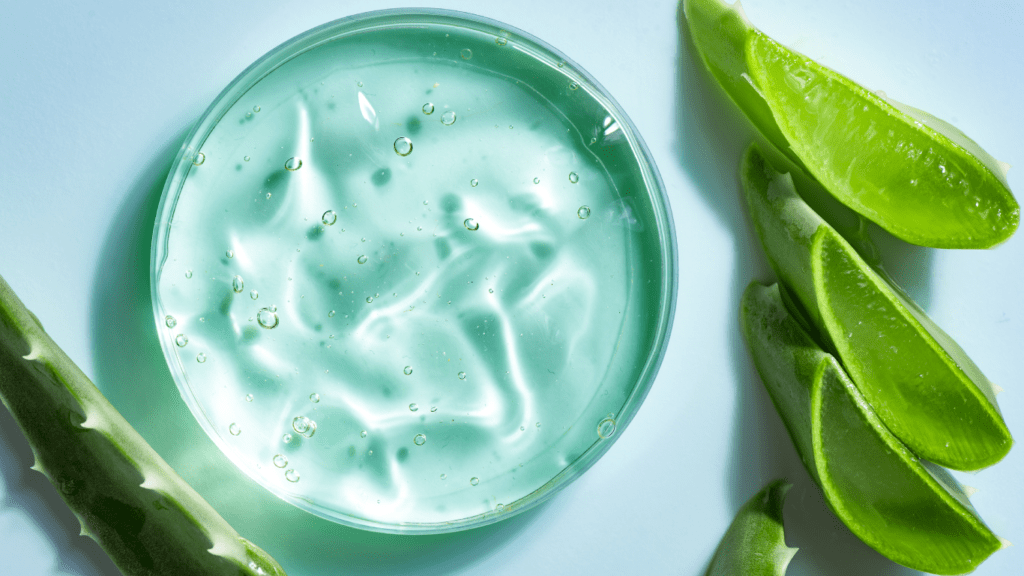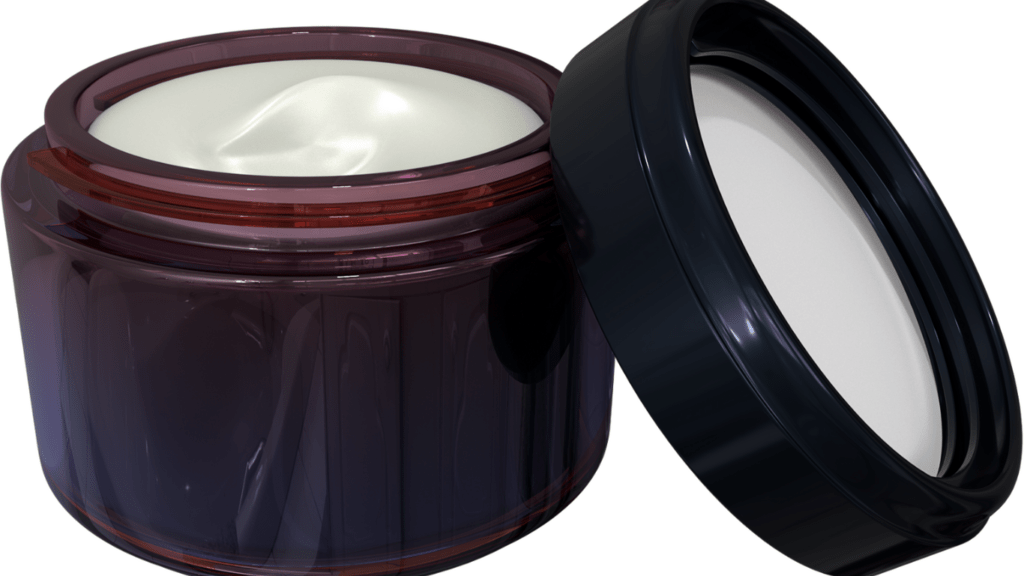Kidneys
The kidneys are vital organs of the urinary system that play a crucial role in filtering waste products from the blood to produce urine. These beanshaped organs are essential for maintaining the body’s overall health and balance. Let’s delve into the fascinating world of the kidneys and uncover their incredible functions.
Structure and Location
Correctly Label the Following Components of the Urinary System: The kidneys are located on either side of the spine, just below the rib cage. Each kidney consists of an outer layer called the cortex and an inner region known as the medulla. Within the kidney, there are around one million microscopic functional units called nephrons.
Functionality
The primary function of the kidneys is to filter waste and excess substances from the blood to form urine. They help regulate blood pressure, electrolyte levels, and the production of red blood cells. Kidneys also play a crucial role in maintaining the body’s acidbase balance.
Common Disorders
Correctly Label the Following Components of the Urinary System: Some common kidney disorders include kidney stones, urinary tract infections, and kidney failure. Chronic conditions like hypertension and diabetes can also have a significant impact on kidney health. Early detection and proper management of kidney disorders are essential for maintaining optimal kidney function.
Ureters
The ureters are narrow tubes that connect the kidneys to the bladder, serving as a conduit for urine flow. These muscular tubes are essential for transporting urine from the kidneys to the bladder efficiently. Let’s explore the role of the ureters in the urinary system.
Structure and Function
Correctly Label the Following Components of the Urinary System: The ureters are approximately 2530 cm long in adults and are lined with smooth muscle tissue. Peristaltic contractions of the ureter walls help propel urine towards the bladder through a series of wavelike movements. The junction where the ureters connect to the bladder is known as the ureterovesical junction.
Importance of Ureters
Ureters prevent the backflow of urine from the bladder to the kidneys by employing a valvelike mechanism at the ureterovesical junction. The efficient transport of urine from the kidneys to the bladder by the ureters is crucial for maintaining proper urinary function. Blockages or obstructions in the ureters can lead to severe complications and must be addressed promptly.
Bladder
The bladder is a hollow, muscular organ that stores urine before it is eliminated from the body. This elastic organ expands and contracts to accommodate varying amounts of urine, playing a pivotal role in the urinary system. Let’s uncover the workings of the bladder and its significance.
Anatomy and Function
Correctly Label the Following Components of the Urinary System: The bladder is located in the lower abdomen, behind the pubic bone. It is composed of smooth muscle tissue known as detrusor muscle, which contracts to expel urine during urination. The bladder is lined with transitional epithelium, allowing it to stretch and hold varying volumes of urine.
Urine Storage and Release
The bladder can hold approximately 400600 mL of urine before the urge to urinate is felt. When the bladder contracts, the internal urethral sphincter relaxes, allowing urine to flow into the urethra for elimination. Proper bladder function is crucial for maintaining urinary continence and overall urinary health.
Urethra
The urethra is a tube that connects the bladder to the exterior of the body, enabling the elimination of urine. This vital component of the urinary system plays a significant role in regulating the flow of urine and maintaining urinary continence. Let’s explore the functions and importance of the urethra.
Structure and Location
Correctly Label the Following Components of the Urinary System: The urethra differs in length between males and females, with males having a longer urethra due to its role in semen excretion. In females, the urethra is located between the clitoris and the vaginal opening. The male urethra serves a dual function, acting as a pathway for both urine and semen.
Role in Urinary Function
The urethra acts as a conduit for urine to exit the body during the process of urination. It contains sphincters that help control the flow of urine and maintain urinary continence. In males, the urethra also serves as the passageway for semen during ejaculation.
By understanding the intricate workings of the kidneys, ureters, bladder, and urethra, we gain a deeper appreciation for the complexity and importance of the urinary system in maintaining overall health and wellbeing. Proper care and attention to these organs are essential for promoting optimal urinary function and preventing potential disorders.


 Men’s Hair Care Specialist & Author
Araceline is a unique and valuable contributor, bringing her expert knowledge of men’s hair care and grooming trends. As an experienced author, she shares her deep understanding of hair painting, coloring techniques, and the specific needs of men’s hair. Araceline’s articles are both informative and engaging, offering men practical advice on maintaining stylish, healthy hair.
Men’s Hair Care Specialist & Author
Araceline is a unique and valuable contributor, bringing her expert knowledge of men’s hair care and grooming trends. As an experienced author, she shares her deep understanding of hair painting, coloring techniques, and the specific needs of men’s hair. Araceline’s articles are both informative and engaging, offering men practical advice on maintaining stylish, healthy hair.
